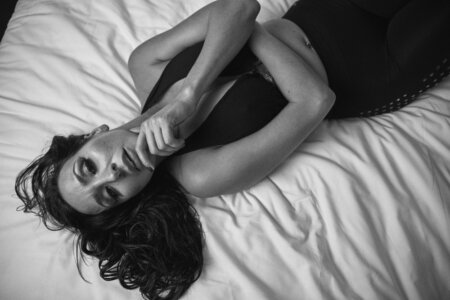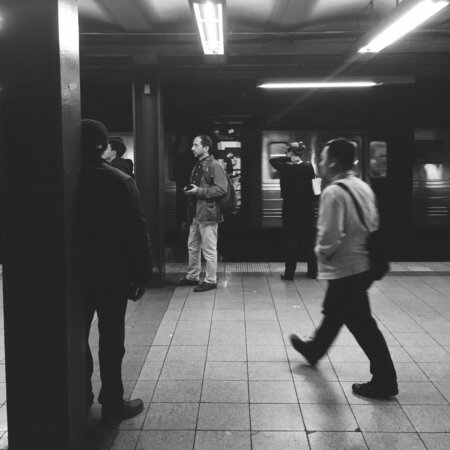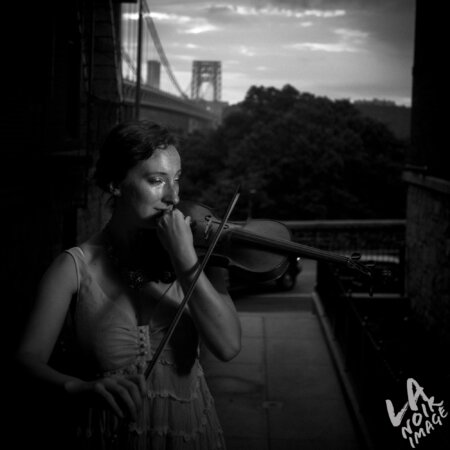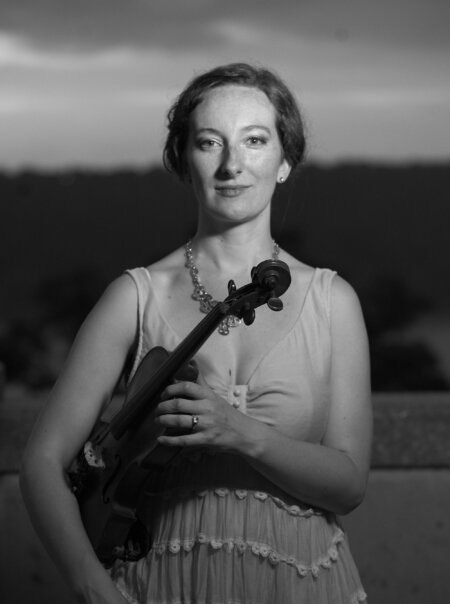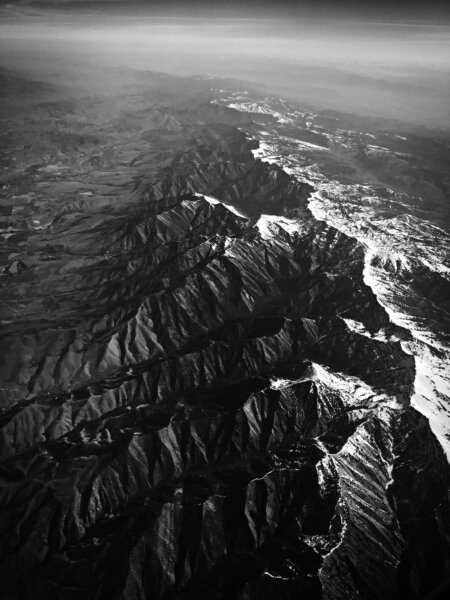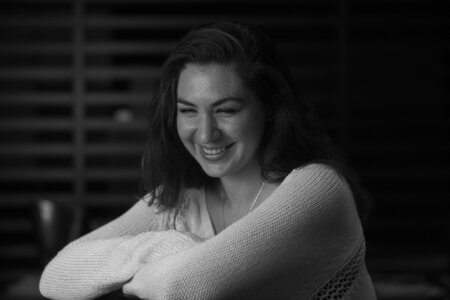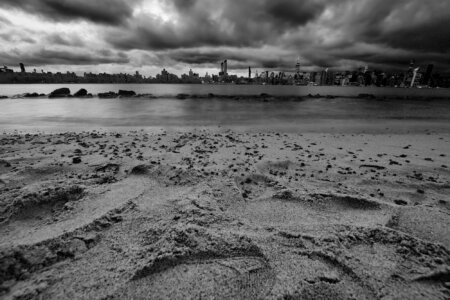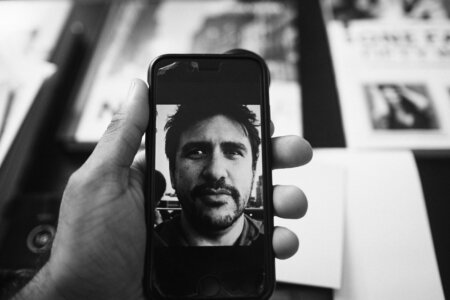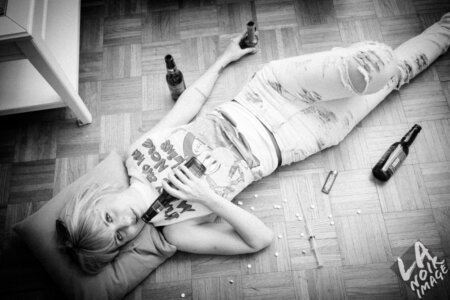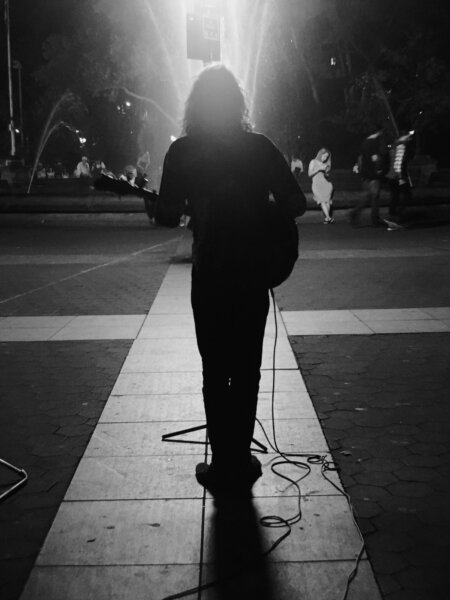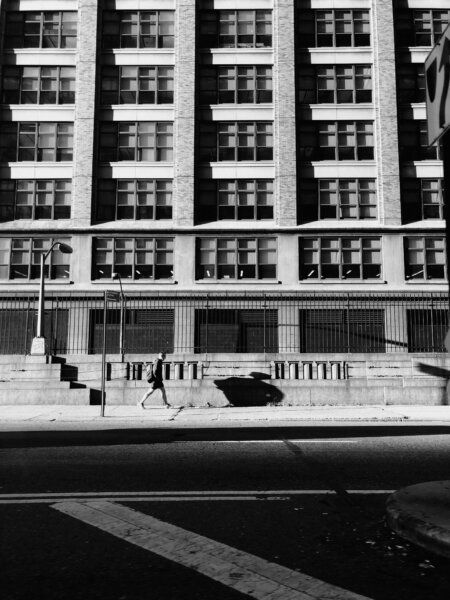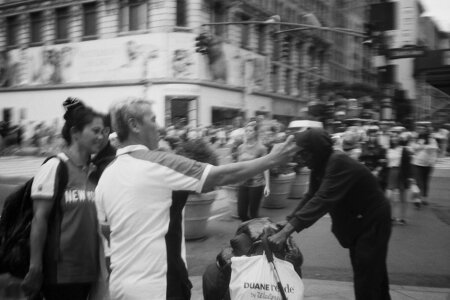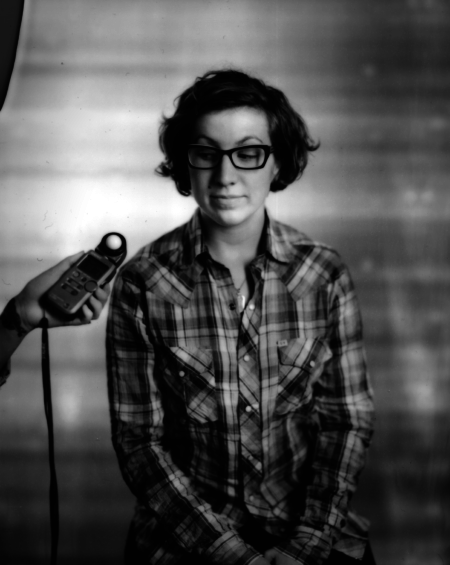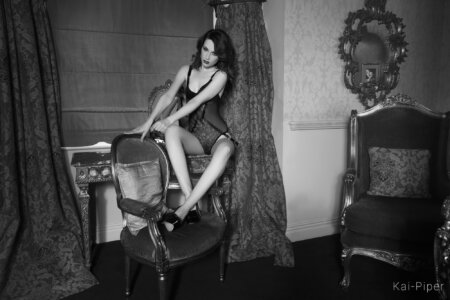This is going to sound a bit odd, I mean how the heck are megapixels and black and white correlated? Does it have to do with details? Well, no; not really. Instead it has to do with the capabilities of your camera sensor and more often than not, lower megapixel cameras aren’t as capable when it comes to editing. Lower megapixel cameras are great when it comes to high ISO output. But with higher megapixels, you often get great dynamic range and colors. Believe it or not, that’s exactly what you want and need here.
An inspiring documentation of the monochrome lifestyle
Tagged black and white
How to Shoot Better Black and White Portraits With Natural Light (Premium)
Natural light portraiture is a passion of so many photographers out there. But for many of these photographers, there’s a little formula that they always do. It goes something like this: aperture priority, focus on the eye, shoot. That’s it. There’s nothing more to it. And for the most part, it’s copied over and over again because it works. With black and white photography, that idea can surely work. However, there are other things that a photographer can do to create even better photos.
5 Things That Black and White Does for a Photo That Color Can’t
Black and white photography is seeing a revival in all fields. Photographers who really like the idea of working with shapes, tones, and like to be very specific about their scenes have found that black and white is really perfect for them. In times past, photographers mostly used black and white as a way to…
An Argument for Shooting Your Photos in Black and White JPEGs
So why not just get that in-camera to begin with?
How to Create Light That Isn’t There When Editing a Black and White Photo (Premium)
One of the toughest things to do for many photographers is learning how to light; some people never learn how to understand it while others simply just have no interest in it. But the good news is that at least when it comes to black and white photography, you can get away with it a bit more. Further, you can also create light that will look good in the scene and worry about it just a tad less. You just need to be a bit observant.
How Much Clarity and Sharpness is Too Much Clarity and Sharpness in Black and White Photography? (Premium)
I think we’ve all seen it: photography that follows a simple recipe. It’s in the black and white world and it goes something like this: convert to black and white > raise clarity > raise sharpness > raise contrast > export. Sometimes they’re done well, but more often than not that’s very rare. Most of the time the images look like tacky digital simulations due to people not understanding light and exactly what’s going on. All of this has its roots in the film days.
Black and White Photography is Truly The Best Way to Embrace Image Noise And You Shouldn’t Be Ashamed About it
…in that way, you can cover up or embrace those flaws that others may be distracted by with a simple conversion to black and white.
Why and How Too Much Contrast Can Kill a Portrait (Free One)
It’s a fact, photographers love contrast. But it doesn’t always work out so well–case in point: portraiture! Don’t believe me? Well, let’s consider the fact that photographers for many years have been shooting with a low contrast film called Kodak Portra to photograph people. Crazy, right? So what made people want to do high contrast portraits? Most of the time, folks unfortunately just don’t know any better. But when it comes to black and white photography, we have to showcase to you how and how too much contrast can kill a portrait.
High Contrast vs Low Contrast Black and White Photo Editing: What’s the Difference?
Take a look at our lead image: would you say that it is a high contrast photo or a low contrast photo? What’s your justification for your answer? The truth is that it’s a medium contrast image that just had the blue and orange channels manipulated. If you were paying attention to our previous tutorial, you’ll understand how color channels can affect a whole lot in the scene that you’re photographing and editing and how white balance compounds on top of that. If you look online, lots of photographers love a specific recipe: black and white > high contrast > clarity raise > export. But the truth is that that doesn’t always work out so well unless it’s done specifically well and lit in a very specific way.
How White Balance Effects Editing a Black and White Photo
Who would’ve ever thought that white balance is something that’s so very important to an image and especially so in black and white? Believe it or not, most people wouldn’t think so. They’re perfectly content with going along with whatever the camera gives them in auto. Even further, many folks never even care to edit their white balance. White balance can surely affect the colors in an image but they’ll really affect the way that the tones in black and white photography works out too. We’re going to show you how white balance can greatly alter your black and white image and the theories behind it.
The Secret to Getting Better Black and White Photos From Your Smartphone (Free Tutorial)
When you go about taking pictures with your smartphone, you’re probably not going about thinking into the scenes too much. For the most part, the beauty of smartphone photography is how candid it can be if you’re just looking for a quick photo. But lots of folks either use their smartphone as their primary camera or they feel confident enough in their abilities to produce great work. With so much technology packed into today’s phones, it’s indeed incredibly simple to take better photos.
Building and Using a Portable Photo Studio for Under $750
We’re going to get you started from the ground up.
The Smartphone Photography Apps That You’re Probably Not Using but Should (Premium)
Anyone that has done smartphone photography before in the past knows that the secret to outputting better photos isn’t in the shooting process necessarily but in the post-production process. With that said, you’ll need the best apps that you can get your hands on to do something better. Unlike actual, dedicated cameras, everything with a smartphone is done via software of some sort. Everyone obviously knows about and uses Instagram, but if you’re not exploring other options then you should strongly consider these.
Using Lenses to Make Your Mobile Photography Better (Premium)
It’s just a tool. Nothing more.
Creating the Decisive Moment: Leading Lines in Street Photography
The decisive moment is one in street photography that is often spoken about being captured, but it can also be created.
How Do Leading Lines Work in Black and White Photography? (Premium)
Leading lines: they’re one of the first things that every photographer learns about when it comes to shooting images in school. If you learned online and without format training, then you probably studied the rule of thirds first. But when you’re looking at a photo, one of the best ways ro artfully create an image that photographers have traditionally been taught is by using leading lines. Call it a rule that needs to be broken, it’s still a very effective one that when done correctly, can trump pretty much any other rule out there with the exception of using text in an image. For many years, black and white photography was the way to go. But when color came around, things changed quite a bit.So let’s explore leading lines and black and white photography.
Matte vs Glossy Paper: What Should You Print on (Premium)
If you’ve ever had prints made or seen them, then chances are that they’re all from the same Fujifilm paper used by Walgreens, Costco, Duane Reade, etc. That’s a glossy paper and that’s what people are so used to seeing. I’m going to tackle glossy in a bit. But first, I should really emphasize and talk about matte paper. Instead of these pharmacy prints, you should liken matte paper more to the types of paper that one would typically write on. Even then, matte paper isn’t really done a whole lot of justice by saying that.
How Ilford Delta 400 Became My Favorite Film for Street Photography (Premium)
“For the first time, I had felt betrayed. Years and years of an industry and marketing teaching me that Kodak Tri-X 400 was the absolute best and that there is no reason for you to go out there and try anything else.”
An Introduction to the World of Black and White Instant Photography (Premium)
“…if you didn’t know any better, you’d probably just completely skip the fact that there is indeed black and white instant film out there.”
The Psychology of a Nude Studio Portraiture Photographer (NSFW)
“Look at what has happened on Instagram, look at the selfie world and the increasing amount of pay-per-view sites that photographers and models can make quick cash by selling ‘naughty’ photos online. I want nothing to do with that.”
